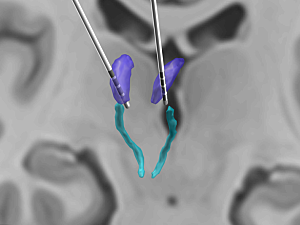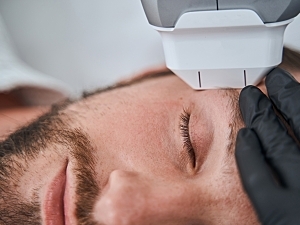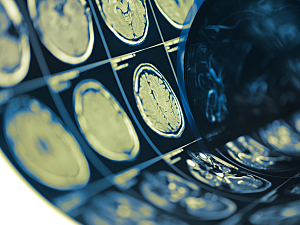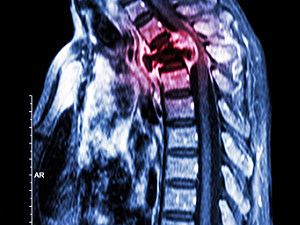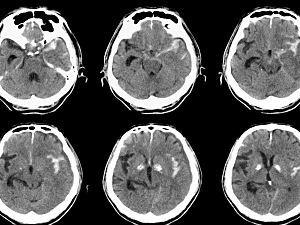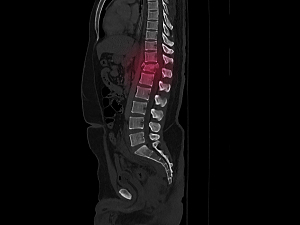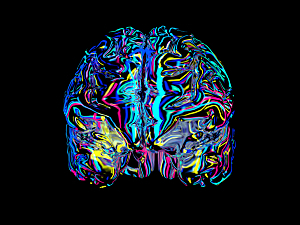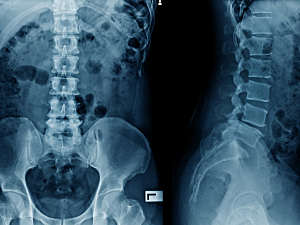Stem Cell-derived Neurons Facilitate Study of Alzheimer’s Disease Mechanisms, Treatments
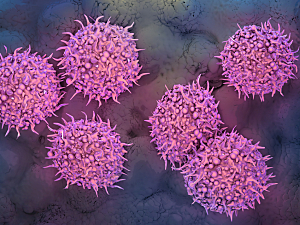
Tracy Young-Pearse, PhD, Valentina Lagomarsino, Richard V. Pearse II, PhD, and colleagues have created a system that fills the gap between autopsy studies and genetic studies. They’ve shown that neurons derived from induced pluripotent stem cells (iPSCs) reflect molecular mechanisms underlying late-onset AD.
Read More...
